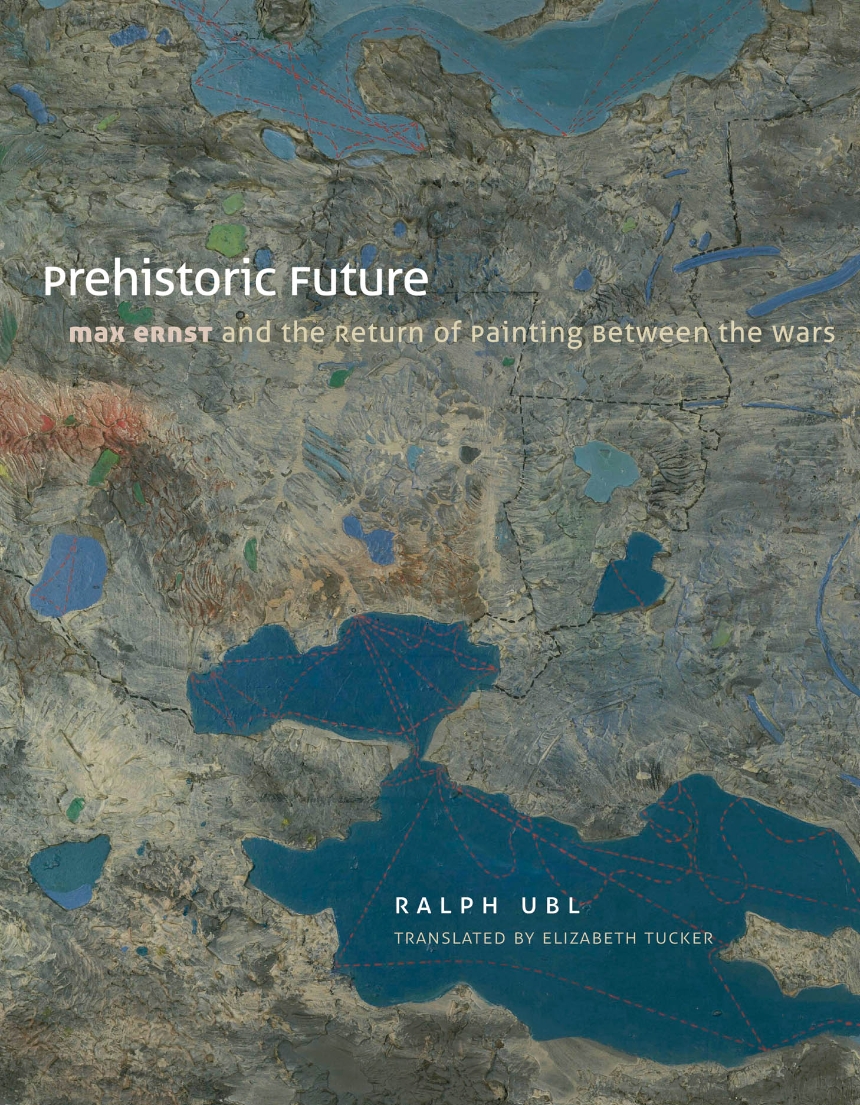Prehistoric Future
Max Ernst and the Return of Painting between the Wars
9780226823720
9780226029313
Prehistoric Future
Max Ernst and the Return of Painting between the Wars
One of the most admired artists of the twentieth century, Max Ernst was a proponent of Dada and founder of surrealism, known for his strange, evocative paintings and drawings. In Prehistoric Future, Ralph Ubl approaches Ernst like no one else has, using theories of the unconscious—surrealist automatism, Freudian psychoanalysis, the concept of history as trauma—to examine how Ernst’s construction of collage departs from other modern artists. Ubl shows that while Picasso, Braque, and Man Ray used scissors and glue to create collages, Ernst employed techniques he himself had forged—rubbing and scraping to bring images forth onto a sheet of paper or canvas to simulate how a screen image or memory comes into the mind’s view. In addition, Ernst scoured the past for obsolete scientific illustrations and odd advertisements to illustrate the rapidity with which time passes and to simulate the apprehension generated when rapid flows of knowledge turn living culture into artifact. Ultimately, Ubl reveals, Ernst was interested in the construction and phenomenology of both collective and individual modern history and memory. Shedding new light on Ernst’s working methods and the reasons that his pieces continue to imprint themselves in viewers’ memories, Prehistoric Future is an innovative work of critical writing on a key figure of surrealism.
Reviews
Table of Contents
Introduction
1 From Dada to Surrealism:
The Ghost Story of Mimesis
2 Natural History in Service to the Surrealist Revolution
3 Max Ernst and Freud
4 Prehistory and Modern History:
The Return of the First World War
Excursus: The Earth: The Formal History of a Theme
5 Prehistory and Modern History:
Europe after the Rain, 1933
Afterword: Walter Benjamin and Max Ernst
Notes
Index
1 From Dada to Surrealism:
The Ghost Story of Mimesis
2 Natural History in Service to the Surrealist Revolution
3 Max Ernst and Freud
4 Prehistory and Modern History:
The Return of the First World War
Excursus: The Earth: The Formal History of a Theme
5 Prehistory and Modern History:
Europe after the Rain, 1933
Afterword: Walter Benjamin and Max Ernst
Notes
Index
